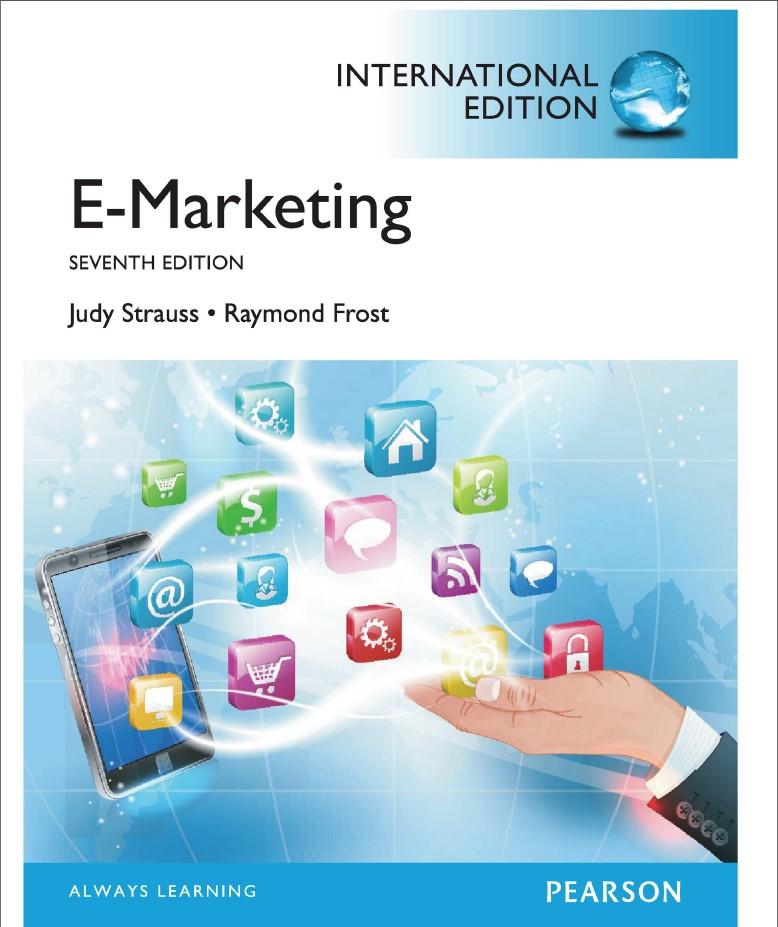Question
The richest, or top 1 percent of the country, now own 34.3 percent of the nation's private wealth and 36.9 percent of all corporate stock.
The richest, or top 1 percent of the country, now own 34.3 percent of the nation's private wealth and 36.9 percent of all corporate stock. These numbers are growing. In 2005, this group received 21.8 percent of all pre-tax income-just 30 years ago, in 1976, they only accounted for 8.9 percent of U.S. income. The total inflation-adjusted net worth of the Forbes 400 rose from $470 billion in 1995 to $1.25 trillion in 2006.[11]
This concentration may reach a point, as the Durants state, "...where there is an unstable equilibrium which results in redistribution of wealth through taxation or redistribution of poverty through revolution."[12]In the past, the United States has chosen taxation, for example, during the periods of 1933 to 1952 and 1960 to 1965, but it is unclear whether the government will follow this peaceful path yet again.The richest, or top 1 percent of the country, now own 34.3 percent of the nation's private wealth and 36.9 percent of all corporate stock. These numbers are growing. In 2005, this group received 21.8 percent of all pre-tax income-just 30 years ago, in 1976, they only accounted for 8.9 percent of U.S. income. The total inflation-adjusted net worth of the Forbes 400 rose from $470 billion in 1995 to $1.25 trillion in 2006.[11]
This concentration may reach a point, as the Durants state, "...where there is an unstable equilibrium which results in redistribution of wealth through taxation or redistribution of poverty through revolution."[12]In the past, the United States has chosen taxation, for example, during the periods of 1933 to 1952 and 1960 to 1965, but it is unclear whether the government will follow this peaceful path yet again.
Question seven
1. The term `Economics in English language has its origin in ------word.
2. Economics includes the following economic activities:
3. It refers to the determination of prices of all goods and services by the interaction of the forces of demand and supply without any external interference
4. The principle reasons behind economic problems
5. Income flow is also known as------.
6. . Flows of the factor of production and the goods and services between the different sectors is -
7. It is also called output flow or real flow
8. It is also called output flow or real flow
9. According to Professor S.E.Landsbury, "Firm is an organization that produces and sells goods with the goal of------its profits".
10. According to profit maximization theory of the firm, management.
Step by Step Solution
There are 3 Steps involved in it
Step: 1

Get Instant Access to Expert-Tailored Solutions
See step-by-step solutions with expert insights and AI powered tools for academic success
Step: 2

Step: 3

Ace Your Homework with AI
Get the answers you need in no time with our AI-driven, step-by-step assistance
Get Started


